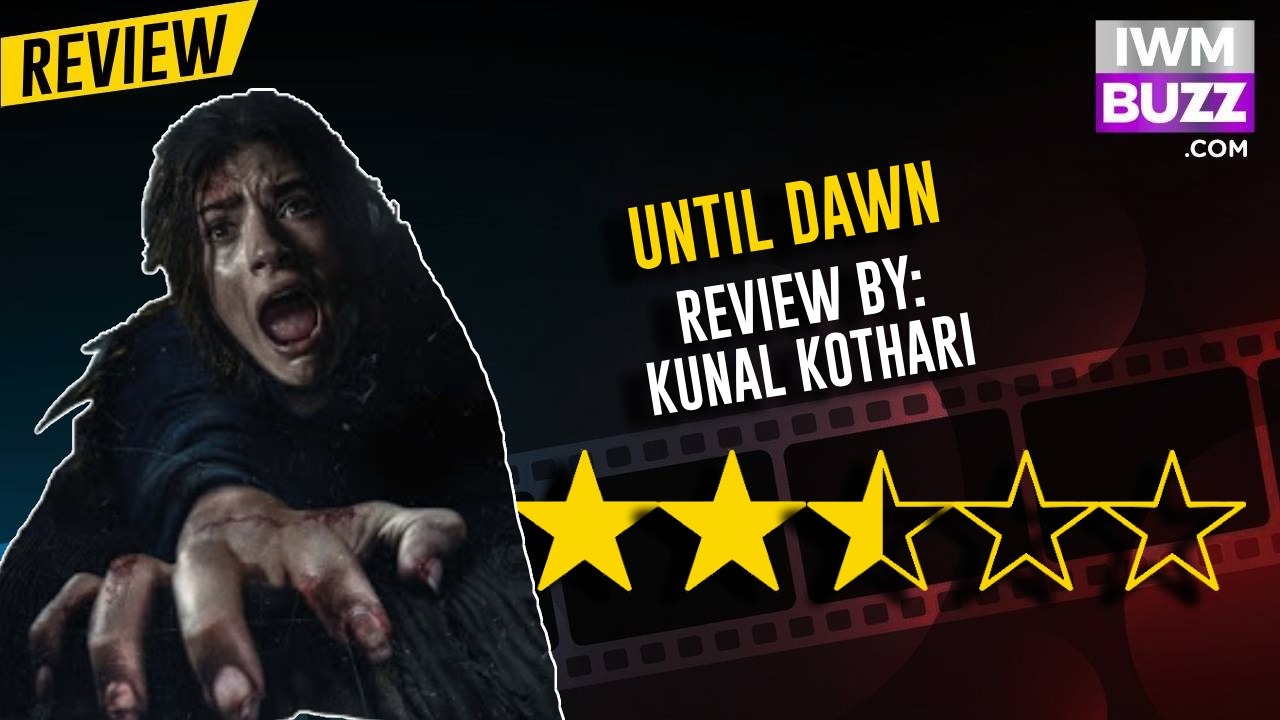Until Dawn
Rating – **1/2 (2.5/5)
Cast: Ella Rubin, Belmont Cameli, Michael Cimino, Odessa A’zion, Ji-young Yoo & more
Directed by: David F. Sandberg
In theaters now
The history of video game adaptations into films has been a textbook study in the art of underwhelming translation. The hit-and-miss ratio—more miss than hit, by a long shot—has been nothing short of appalling. Yet, call it resilience or plain stubborn optimism, the industry keeps trying, as perhaps it should. Most attempts, particularly those that aim for grand action spectacles or emotionally complex dramas, often collapse under the weight of expectation, floundering into the cinematic abyss. Interestingly, what we rarely witness are video game adaptations daring to embrace the genre of campy horror thrillers—a niche with enormous untapped potential. That is, until now. Enter Until Dawn, the 2015 interactive horror title, now resurrected nine years later by director David F. Sandberg for a big screen retelling.
Our protagonist is Clover (played by Ella Rubin), who journeys with a gaggle of friends to the eerie Glore Valley in search of her sister, missing for over a year and presumed dead. Clover, however, refuses to let the matter rest and is hell-bent on uncovering the truth. Predictably enough, the group stumbles upon the ominous Glore Villa—cue creaky doors, flickering lights, and an unsettling air of doom. Before long, they’re trapped inside, with no exit in sight.
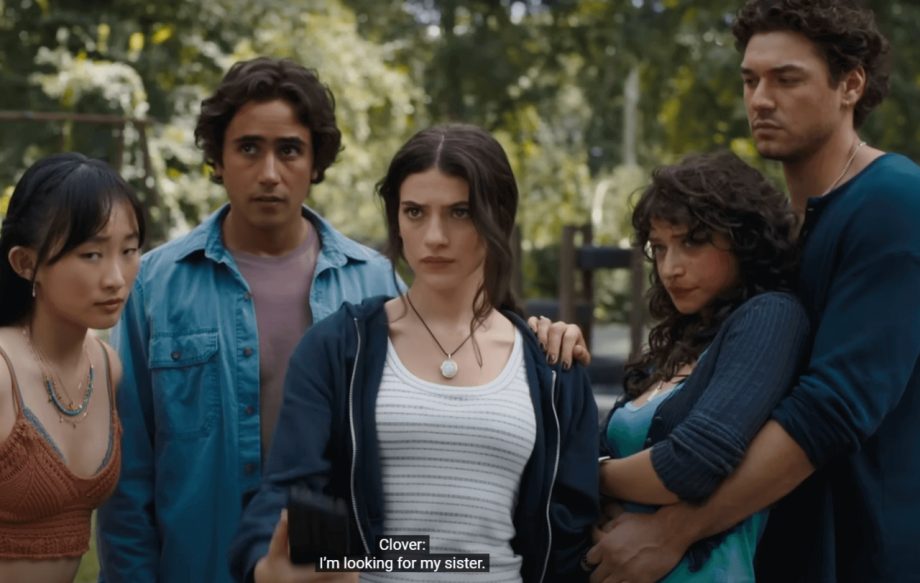
They’re trapped in a cyclical nightmare—live, die, repeat—until they meet their permanent demise. The only way out? Survive the night, or be swallowed by it forever.
By this point, you’ve likely watched enough horror fare to anticipate the drill: the quintessential haunted house, a group of young adults making a series of calamitous choices, and an escalating body count that picks them off one-by-one until your Final Girl rises against the odds. But in a clever genre subversion, Until Dawn throws a wrench into this tried-and-tested blueprint—every single member of the main cast dies within the first twenty minutes. Then, inexplicably, they’re alive again. And then they die. Again. And again.
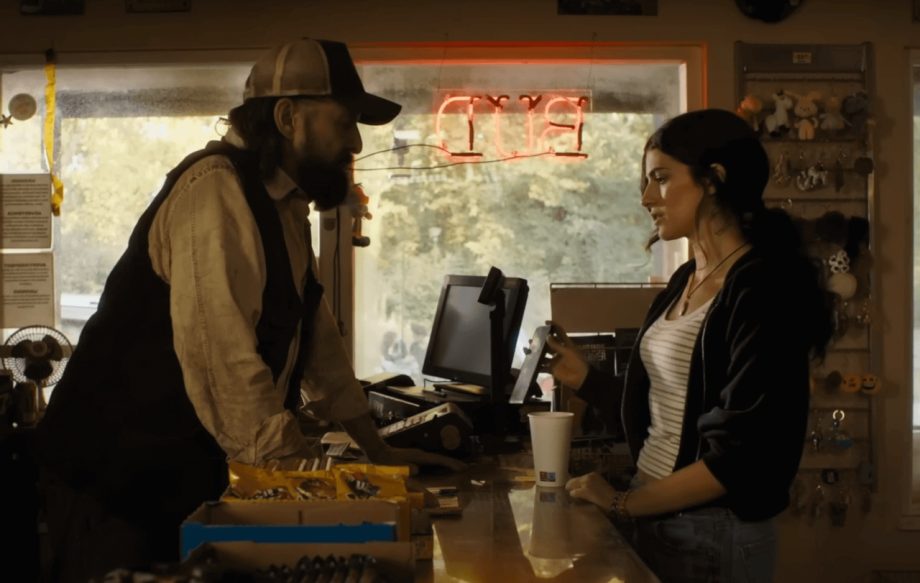
They eventually clock that the ominous hourglass sitting in the heart of the house isn’t mere décor but a device marking a sinister time loop. They’re trapped in a cyclical nightmare—live, die, repeat—until they meet their permanent demise. The only way out? Survive the night, or be swallowed by it forever.
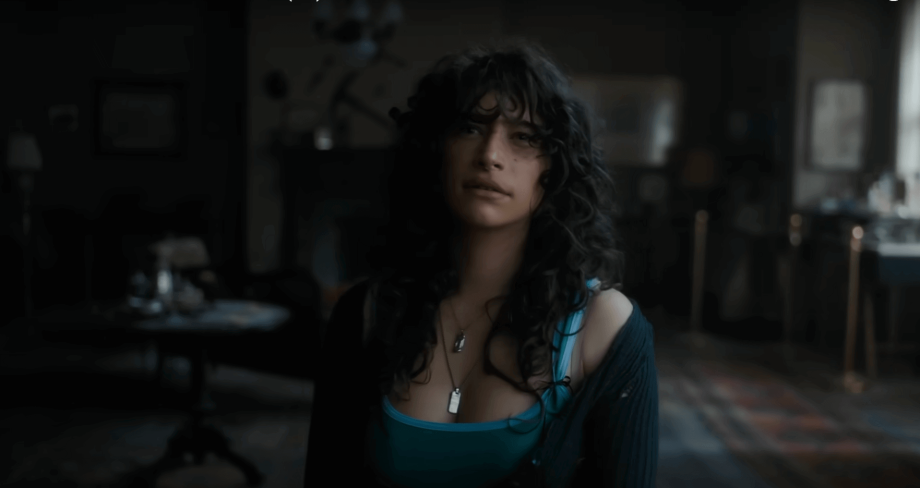
On paper, Until Dawn is a deliciously bonkers concept, brimming with potential for a rollicking, self-aware horror ride. It has all the ingredients for a popcorn-friendly chiller—a group of charismatic teens, a spooky setting, an eerie mystery, and a narrative gimmick that screams fun. And to a certain extent, it delivers. The film leans heavily on the oldest trick in the horror playbook: mounting tension followed by sudden, visceral jump scares. It works—intermittently. The scares land with intended impact, but the frequency and predictability eventually wear thin.
There’s a tantalising premise buried within—a horror narrative with existential dread, time loops, and high-stakes survival. But the screenplay falters in execution.
The film’s biggest narrative crutch—the hourglass and its repetitive death loop—functions like a Chekhov’s Gun fired too early and too often. What begins as a thrillingly absurd conceit soon becomes a creative cul-de-sac. It’s clear why this mechanic shines in a video game setting, where player agency and experimentation keep the experience fresh. But on screen, watching the same deaths and dilemmas cycle through becomes tedious rather than terrifying. The novelty fades quickly, and despite its lean runtime of just over 100 minutes, Until Dawn feels like a marathon slog through diminishing returns.
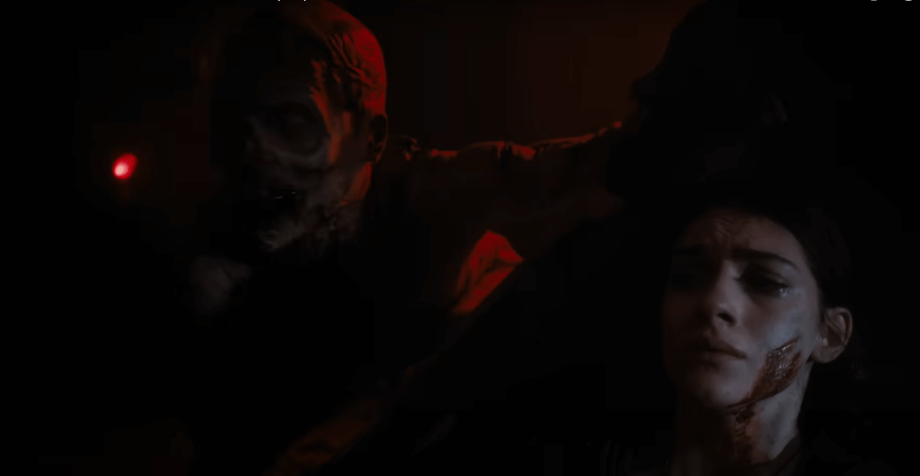
The horror elements—the zombified attackers, the cursed witch archetype, the shadowy central villain—all feel like echoes from a bygone era. The creatures don’t unnerve so much as they elicit déjà vu. We’ve seen these horrors before, and better. And when the big bad finally reveals himself, the narrative payoff is undercooked at best, bordering on laughably convenient.
That said, Until Dawn is not without merit. The technical execution stands tall even when the storytelling stumbles. The sound design is genuinely immersive, punctuating moments with spine-tingling effect, though the accompanying background score leaves much to be desired. Cinematographer does a neat job oscillating between cinematic and found-footage aesthetics, giving the film a raw, unpredictable texture. The gore is effective, if not gratuitous, and wisely never ventures into the territory of excessive or revolting.
What grounds the film emotionally is its young cast, who clearly understand the assignment. They breathe sincerity into stock characters, portraying friendship, fear, and confusion with believable vulnerability. Their camaraderie adds a layer of authenticity that the screenplay sorely lacks, and their performances occasionally elevate scenes that might otherwise have slipped into parody.
Ultimately, Until Dawn emerges as a missed opportunity more than anything. There’s a tantalising premise buried within—a horror narrative with existential dread, time loops, and high-stakes survival. But the screenplay falters in execution, rarely pushing its concept into fresh or daring territory. The film flirts with greatness but settles for mediocrity, content with surface-level scares rather than plumbing the terrifying depths of its own ideas.
In the end, Until Dawn is a spooky ride that begins with promise but loses itself in the loop—an adaptation that, much like its characters, dies and revives but never truly lives.

